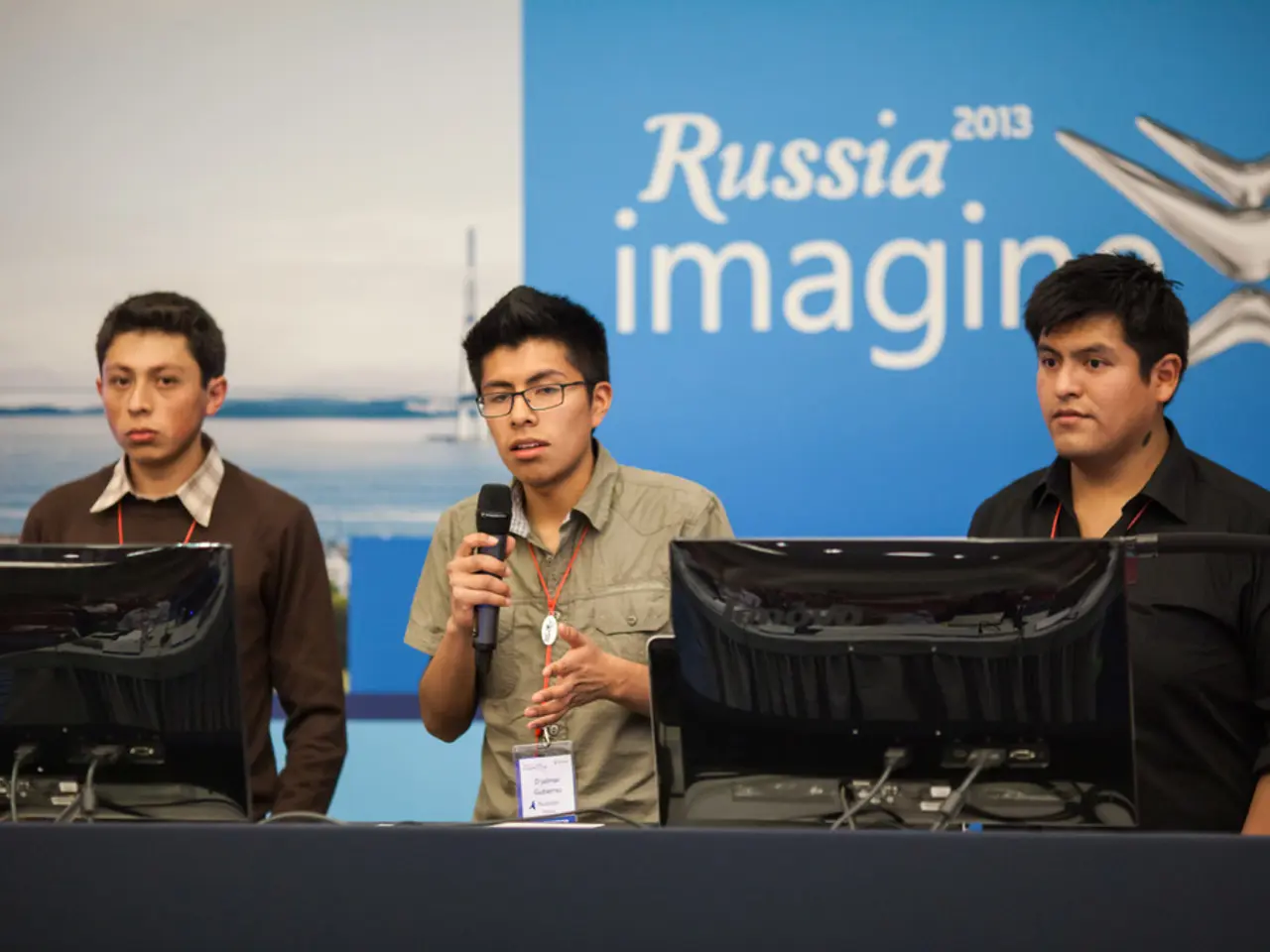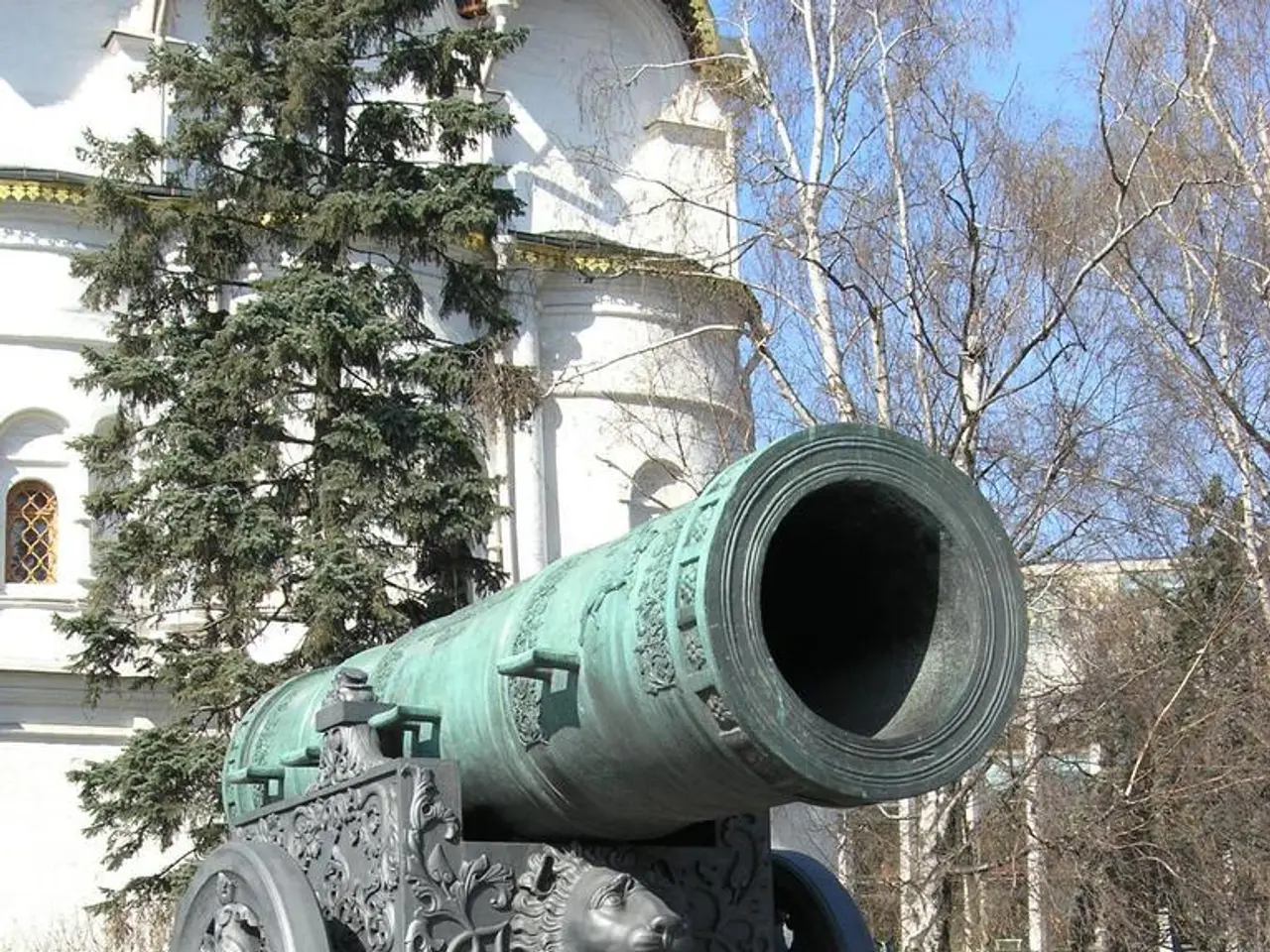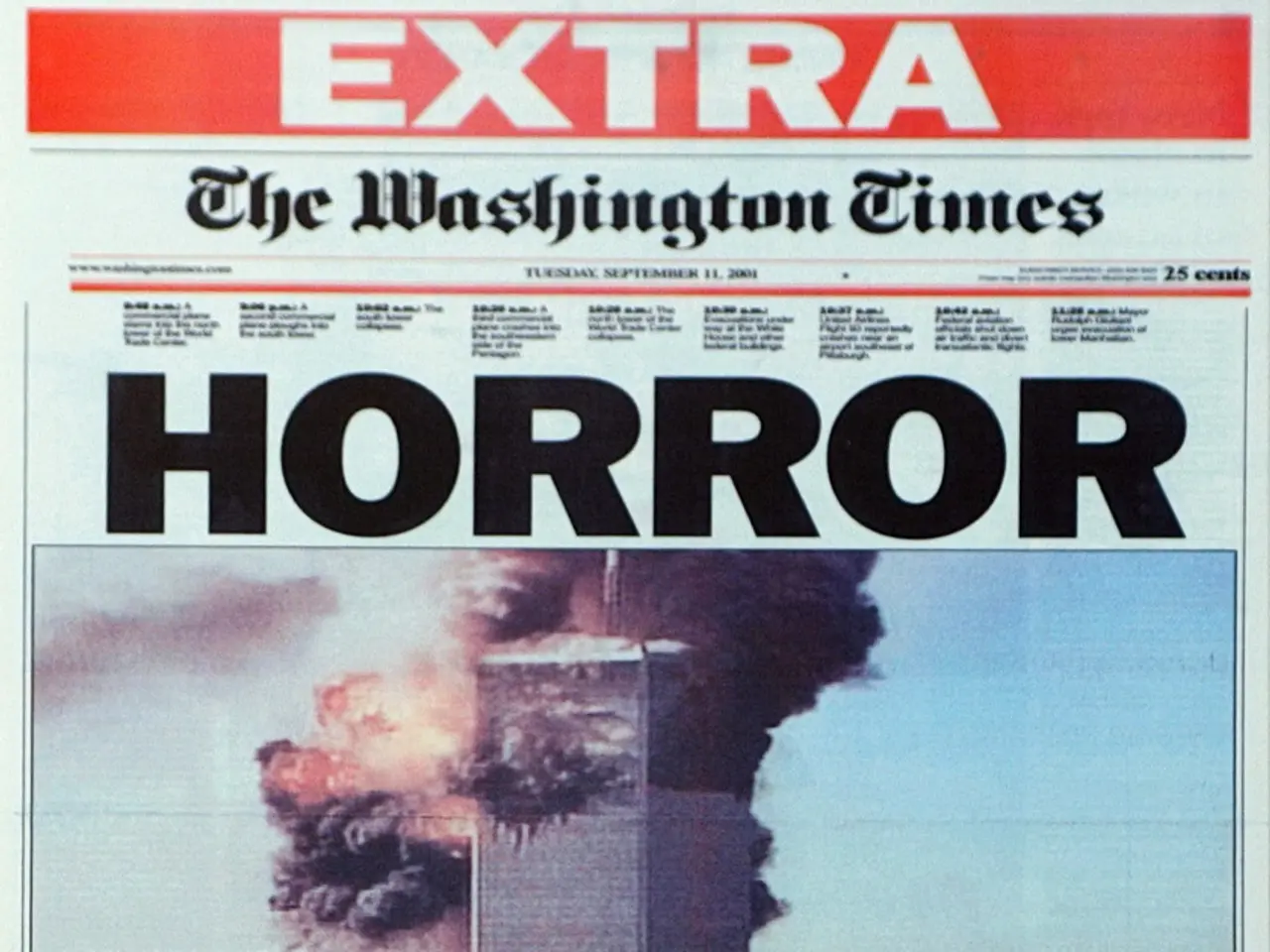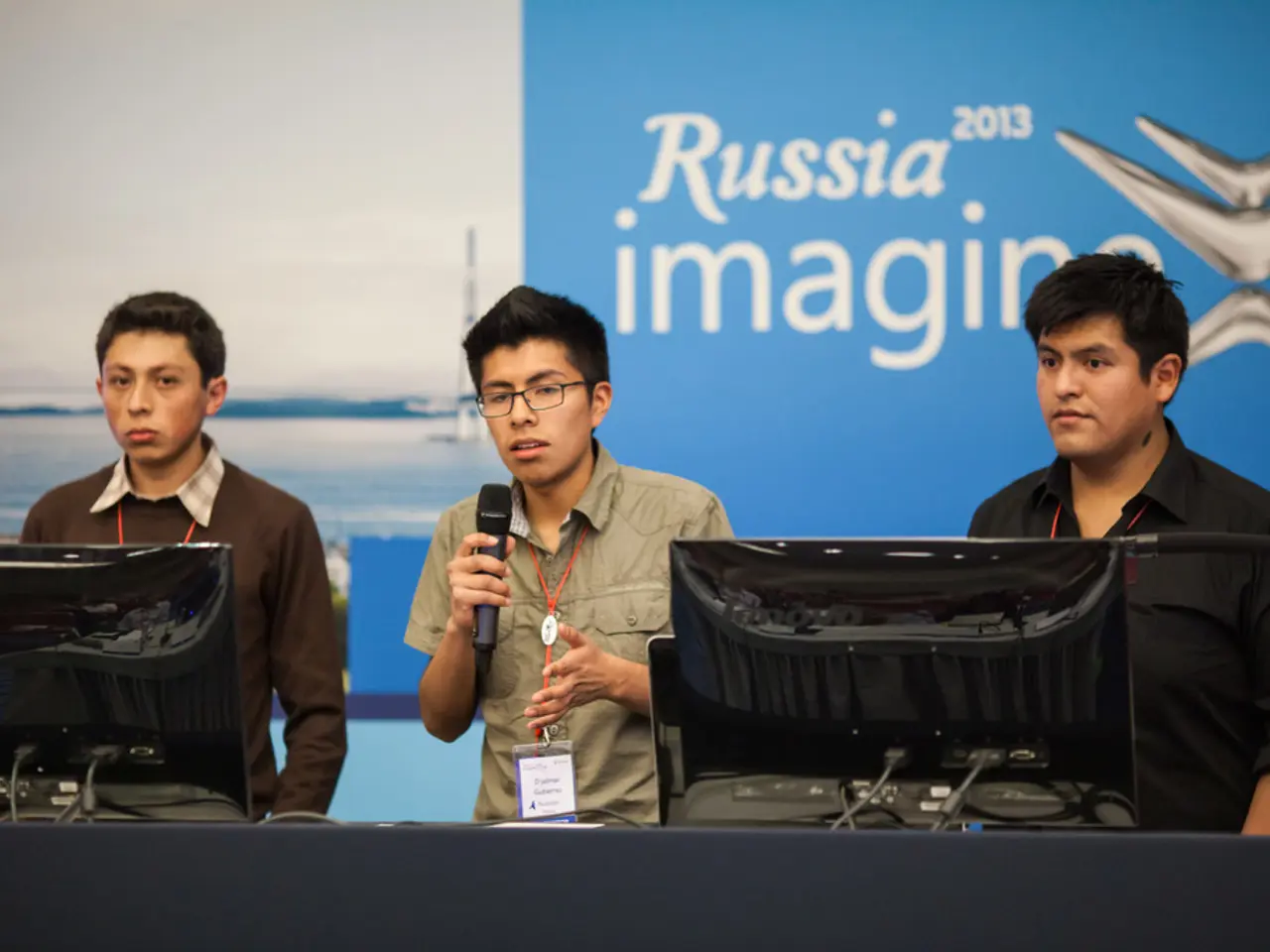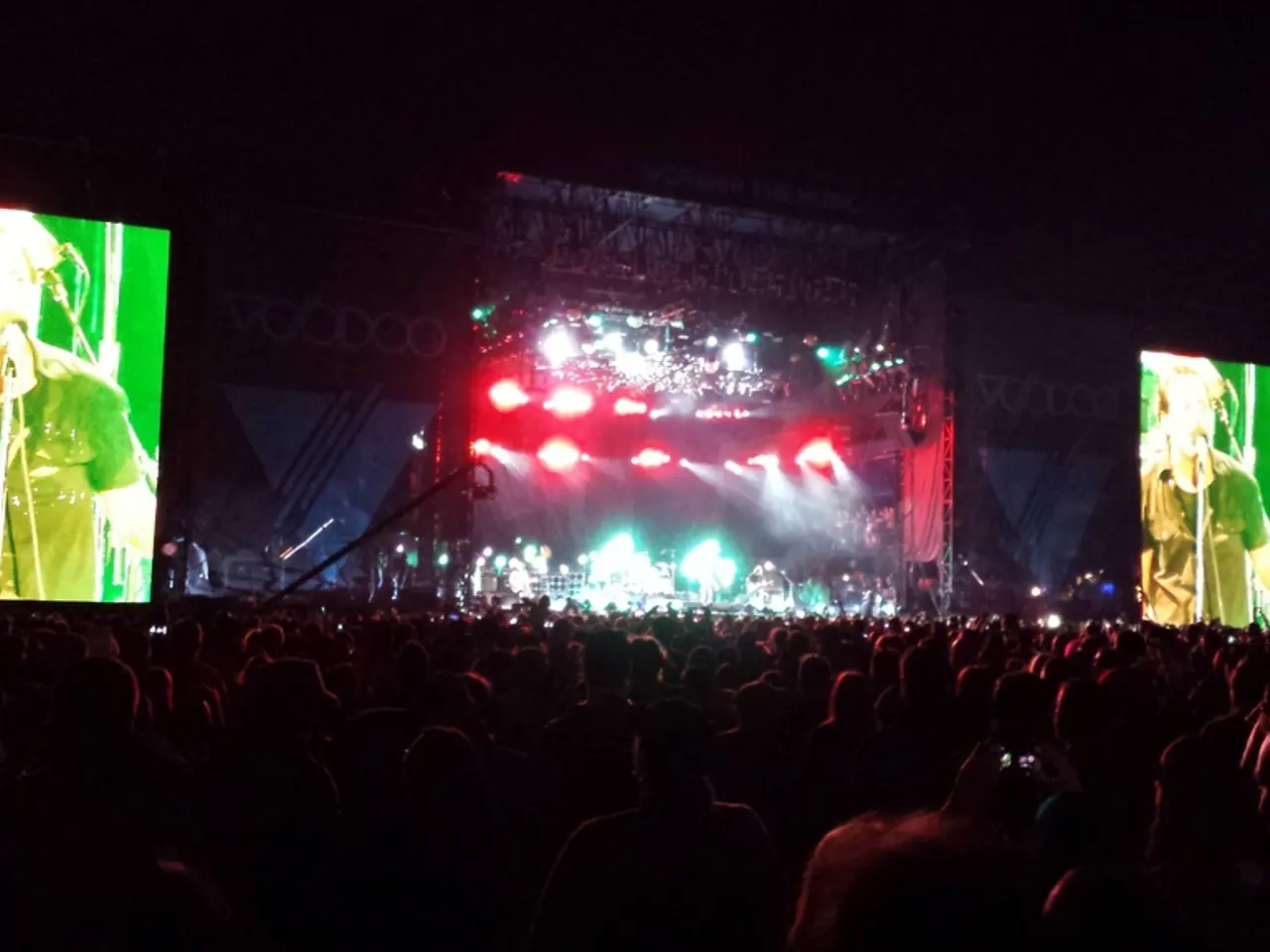Russia-imposed deadline triggers few expectations of truce among Ukrainian military personnel
In the ongoing conflict between Russia and Ukraine, U.S. President Donald Trump has expressed a willingness to facilitate substantive peace negotiations involving both countries, emphasizing that any deal should include Ukraine, not be made solely between the U.S. and Russia [1][5]. The latest developments suggest that the upcoming U.S.-Russia summit in Alaska on August 15, 2025, could open a diplomatic channel, but faces significant challenges.
Russian President Vladimir Putin is expected to propose that Kyiv withdraw troops from the Donetsk and Luhansk regions as a potential peace condition [2][3]. However, experts note Putin appears unwilling to accept a full ceasefire and may offer limited concessions, such as a partial airstrike ceasefire. Putin’s current stance reportedly scales back territorial demands from four regions to mainly Donetsk, possibly showing slight flexibility, but ceding territory still remains a key issue for Ukraine.
There is concern among Ukrainian and European officials about peace talks that exclude Ukraine, as Ukraine controls parts of the contested regions, and any territorial compromises risk undermining Ukrainian sovereignty and security. European allies warn against any deal based on Russian terms that would damage Ukraine’s sovereignty [2][4].
Trump has alternated between pressuring Kyiv toward concessions and pushing harder on Moscow. Recently, he imposed an August 8 deadline for Russia to end hostilities or face secondary tariffs on countries importing Russian oil, a measure aimed at increasing pressure on Moscow [2][5]. However, Trump has also stated he will not personally make a peace deal but facilitate dialogue among the parties.
Meanwhile, intense fighting is taking place in Ukraine's northern Sumy border region to prevent reinforcements being sent from there to Donetsk. Ukrainian forces are engaged in intense battles along a 1,000-kilometer front line that snakes from northeast to southeast Ukraine [6]. The Pokrovsk area of the eastern Donetsk region is taking the brunt of the punishment as Russia seeks to break out into the neighboring Dnipropetrovsk region [7]. A commander in the Pokrovsk area believes Moscow is not interested in peace and the only option is to defeat them [7]. In the southern Zaporizhzhia region, troops are determined to thwart Russia's invasion [8].
Amidst these developments, Putin is due to visit China next month [9], and he is expected to meet with Trump as early as next week, possibly in the United Arab Emirates [10]. However, it is unclear what steps Trump plans to take on the deadline he set for Russia [2][5]. India's Prime Minister Narendra Modi had a call with Putin to discuss the latest Ukraine developments [11], and Putin had a phone call with Chinese leader Xi Jinping [12]. Xi expressed support for the settlement of the Ukrainian crisis on a long-term basis.
In summary, prospects for a peace settlement remain uncertain. The U.S.-Russia summit could open a diplomatic channel, but faces significant challenges including Ukraine’s inclusion, territorial demands, and the absence of a clear ceasefire. Putin gains diplomatic recognition through the talks, while Ukraine and European partners remain cautious about potential compromises that could erode Ukrainian sovereignty [1][2][3].
Tariffs on countries importing Russian oil could be a potential consequence of the ongoing war-and-conflicts between Russia and Ukraine, as U.S. President Donald Trump recently imposed an August 8 deadline for Russia to end hostilities or face such measures. The politics surrounding peace negotiations are complex, with experts expressing concerns that any deal that excludes Ukraine could undermine Ukrainian sovereignty and security, given that Ukraine controls parts of the contested regions.
